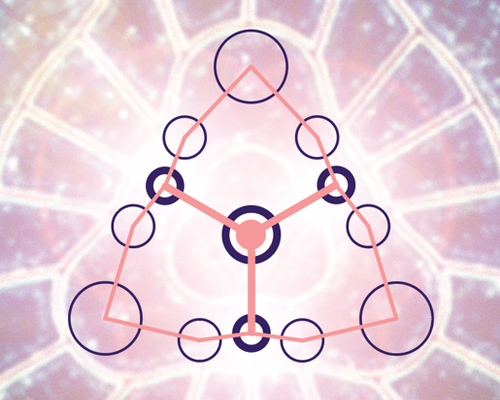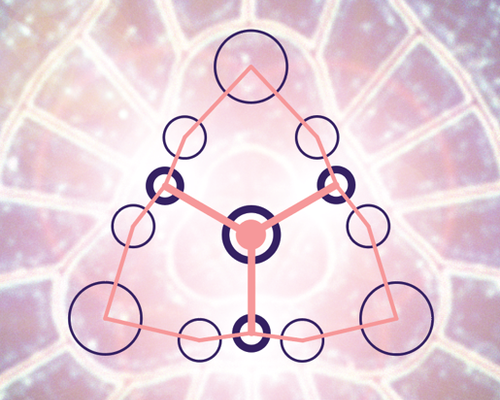“Shuttled” Ions Stay Quantum
The ability to “shuttle” trapped-ion qubits between sites in a trapping array could allow for the creation of complex quantum circuits, enabling simulations that are difficult to achieve with static ions. Now Deviprasath Palani and colleagues from the University of Freiburg, Germany, demonstrate a way to move individual ions between sites of such an array without dropping them or altering their quantum properties [1]. Ion qubits are only useful for performing quantum tasks if their electronic coherence is preserved during shuttling, so verifying this preservation happened was crucial.
For their demonstration, the team created a trapping array inside a vacuum chamber, using a microchip device and carefully placed electrodes to divide the chamber’s volume into 13 separate sites. Each of these 13 sites were a few tens of micrometers apart. Within this array were four “active” sites, arranged in the shape of a pyramid, which the team used for the shuttling experiment. By turning on and off the electronic barrier between sites, the team was able to open and close a “transport channel” through which an ion could travel.
The team demonstrated that the method worked for moving an ion between trapping sites. Measurements of the ion show that throughout this shuttling—which involved up to 100,000 trips around the trap—the ion maintained its initial quantum coherence.
The researchers say they are working on optimizing the performance of their system so that they can increase the number of trips made by an individual ion. They also plan to extend the use of their technique to more complex, layered trap arrays that could better simulate real quantum systems.
–Erin Knutson
Erin Knutson is an Associate Editor for Physical Review A.
References
- D. Palani et al., “High-fidelity transport of trapped-ion qubits in a multilayer array,” Phys. Rev. A 107, L050601 (2023).





